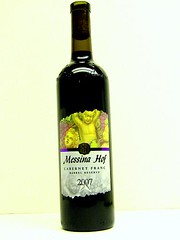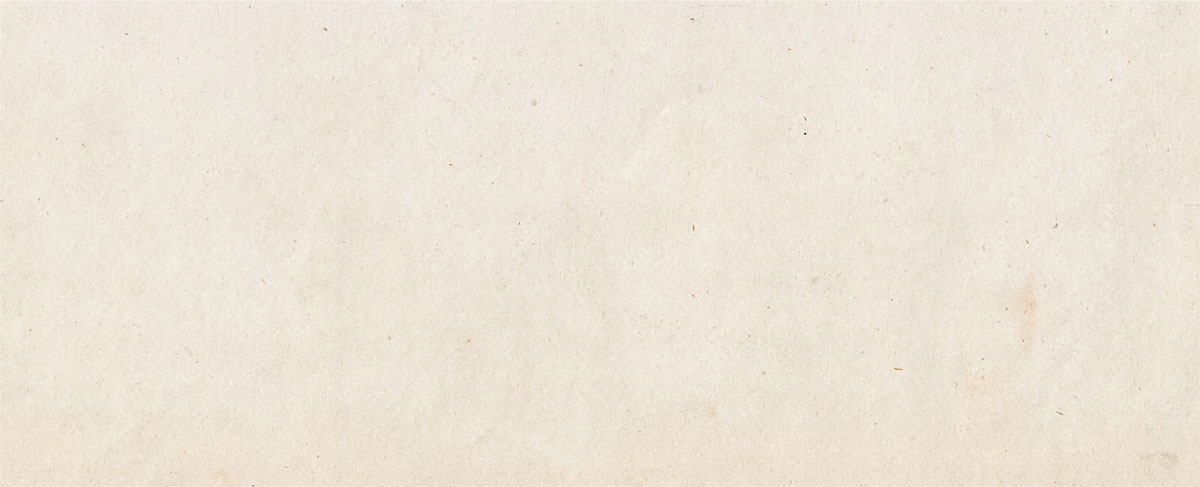Heritage of Cabernet Franc
06.10.11

Cabernet Francis one of the major red grape varieties worldwide. It is principally grown for blending with Cabernet Sauvignon and Merlot in the Bordeaux style, but can also be vinified alone. Cabernet Franc is lighter than Cabernet Sauvignon, making a bright pale red wine and contributing finesse and a peppery perfume to blends with more robust grapes.
Depending on growing region and style of wine, additional aromas can include tobacco, raspberry, and cassis, sometimes even violets. Records of Cabernet Franc in Bordeaux go back to the end of the 18th century; it was planted in Loire long before that. DNA analysis indicates Cabernet Franc is one of two parents of Cabernet Sauvignon, a cross between it and Sauvignon Blanc.
In general, Cabernet Franc is very similar to Cabernet Sauvignon, but buds and ripens at least a week earlier. This trait allows the vine to thrive in slightly cooler climates than Cabernet Sauvignon, such as the Loire Valley. Cabernet Franc can adapt to a wide variety of vineyard soil types but seems to thrive in sandy, chalk soils, producing heavier, more full bodied wines there. Worldwide Cabernet Franc is one of the twenty most widely planted grape varieties. Plantings are found throughout Europe, in the New World, even China and Kazakhstan.
Cabernet Franc shares many of the same phenolic and aroma compounds as Cabernet Sauvignon but with some noticeable differences. Cabernet Franc tends to be more lightly pigmented and produces wines with the same level of intensity and richness.
Cabernet Franc tends to have a more pronounced perfume with notes of raspberries, black currants, violets and graphite. It is often characterized by a green, vegetal strike that can range from leaves to green bell peppers. It has slightly less tannins than Cabernet Sauvignon and tends to produce a wine with a smoother mouthfeel.

